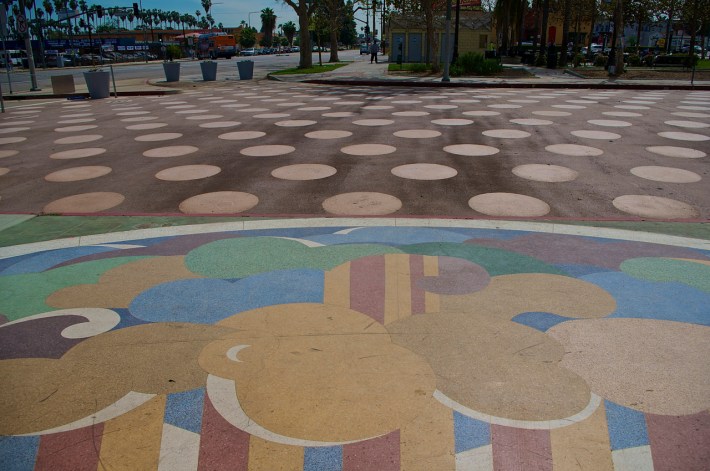The president’s six-year transportation plan [PDF], included as part of the administration’s FY2012 budget proposal, weighs in at a hefty $556 billion and lays out several policy reforms that, if enacted, could help the nation transition to a more multi-modal, less oil-dependent transportation system.
The plan is a blueprint that Congress can use as a basis for its transportation reauthorization bill. It has a lot in common with then-Transportation Committee Chair Jim Oberstar’s bill from 2009. And, like Oberstar's bill, it leaves unanswered the question of how to fund transportation investments. This time, however, it comes in the midst of an all-out Republican war on deficit spending.

How much of this plan will survive the GOP cutting machine is anyone's guess. There's a lot in the president's proposal that's worth saving. Some notable elements:
- Transit funding is going up by 127 percent, while funding for roads and bridges is getting a 48 percent increase. That represents a significant shift in the highways-to-transit ratio, which will go from an 80-20 split to a 74-26 split.
- The Highway Trust Fund is getting a long-overdue name change. The new Transportation Trust Fund will now have four accounts – the traditional highways and mass transit accounts and also new accounts for passenger rail and an infrastructure bank.
- Some advocates are disappointed that the proposed infrastructure bank will be housed at DOT and not be formed as an independent entity, as many had hoped. Still, the shift to more discretionary, competitive grants is a huge victory for reformers.
- The consolidation of 55 road programs into five means there will no longer be separate pots of money for bridges, for example, or trucker rest areas, according to Undersecretary Roy Kienitz. That money will be rolled into a larger pot of funding for highways that states and local governments will compete for. The five programs will be: the National Highway Program, Highway Safety Improvement, Livable Communities, Federal Allocation and Research, Technology, and Education.
- The TIFIA loan program will go from a $120 million allocation to $450 million; TIGER, which has given out $2.1 billion in grants so far, will get $2 billion the first year in the president’s proposal.
- The funding for livability programs - $28 billion over six years – will include bike and pedestrian improvements, but allocation decisions rest with the states.
- While the new bill doesn’t have a line item for a new national freight policy or a new office overseeing freight movement, Kienitz said freight programs got the lion’s share of TIGER grants (pun not intended, I think) and will be well-positioned to get money from the infrastructure bank.
- Amtrak funding will be split into two accounts: one for state of good repair and one for new system development.
In a briefing at the DOT with reporters today, Transportation Secretary Ray LaHood reiterated that transportation has historically been a bipartisan issue and he expects Congress will be unanimous in wanting to pass this bill, as it will create jobs in their districts. But this bill is falling into a unique political environment.
First, the House is an earmark-free zone now. A massive transportation bill was easier to vote for when lawmakers could point to specific projects in their districts that would be included. Now that their districts will have to compete for money, it might be a far harder sell. When asked about that, LaHood simply said, “We’re gonna find out.”
Second, the Republican scissorhands that control Congress, with their single-minded determination to cut spending, are sure to have a harsh response to a half-trillion dollar proposal that has no real revenue stream attached to it.
Indeed, LaHood said the administration plans to spend no more than it brings in, but they don’t actually have a plan for accomplishing that goal. He said he’d leave it to Congress to work out the revenue part. DOT officials admit it is a “non-trivial” amount of money to look for. Meanwhile, he stands by the decision not to raise the gas tax while unemployment is still high.
As the White House rolls out this budget proposal, based on input administration officials collected in six listening sessions around the country, the House Transportation Committee is holding its own listening sessions. Today it held the first two, both in West Virginia, where lawmakers heard from contractors and highway authorities about the need for a new bill.
When asked how he planned to sell a rural-oriented Congress on the bigger slice of the pie for transit, LaHood said some of that transit money will be for rural areas, not just big cities. He wants to make sure rural people who can’t or don’t drive have access to transportation “so that rural America is not left out.”






